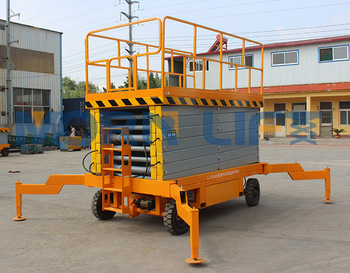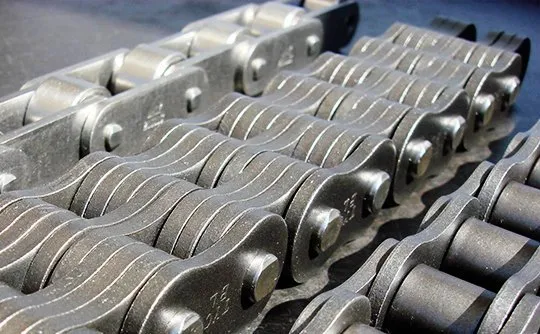Making the right choice when it comes to mobile scissor lift platform equipment is absolutely necessary to a successful and worry-free work experience. Operators that have no choice but to work with the wrong lift equipment are oftentimes tempted to sacrifice safety in order to make the lift work for them. Rather than forcing your operators to compromise safety, you should carefully select your lift equipment. Don’t make your choice based on previous rentals, guesses, or simply what is available for rental at that time. There are a number of ways to prepare yourself before you start looking at scissor lift equipment.
Scissor lifts provide operators with opportunity for both increased speed and security while working in a wide array of environments. How do you choose the right scissor lift for your project? Well, the first step is to determine which option is best suitable to optimize your operational flow. For this reason, more businesses are investing in mobile scissor lifts to increase productivity and decrease cost.
Here are 5 considerations that should be taken when choosing a mobile scissor lift:
1. Consider the Job Site
Where will you use the scissor lift? Is the job indoors or outdoors? Location plays a large role when buying or renting aerial lifts. Low-emission scissor lift platforms deliver a quiet, convenient solution for sound-sensitive indoor environments, such as office buildings, retail stores, hotels and schools. There are many unforeseen obstacles that you may not consider when choosing a mobile man lift. Included in these are aisle-ways, rough surfaces, turning radiuses, elevators, and slopes. Check to make sure that the job sites will have the proper power sources easily accessible and that there is no obstacles blocking the equipment’s path.
2. Application
What kind of work will you perform with the scissor lift? Typically, hydraulic scissor lifts are best suited for indoor applications, such as warehouses, factory floors, hangers, auditoriums, gymnasiums, and galleries. They are standard in indoor environments, but they also work well outdoors or any environment with hard-level surface. First and foremost, you need to make sure that you get a lift that has the proper reach for your application. Additionally, you need to make sure that the lift will be capable of getting from the delivery truck to the job site. If you are planning to use the scissor lift outdoors, make sure you have an electric outlet nearby to charge the unit. Or you can choose DC power to control the lifting process.
3. Work Height
How high are you going? To determine the right platform height, you must first assess your work height. This will vary, depending on whether you are changing a lightbulb inside a warehouse or working on a window outside a building. At MORN, you could tell us what your wanted work height is, then we can engineer the scissor lift for you. Our mobile aerial scissor lift can vertically reach up to 18m which could meet a wide range of work requirement.
4. Load Capacity
What are you lifting and how much does it weigh? How many people and materials will be on the platform at once? To pick the right scissor lift table, first determine the combined load capacity of personnel and materials. There are two separate capacity ratings provided by lift manufacturers. The first is for the maximum number of persons allowed in the platform. The other capacity is the total weight of the people, tools, and materials in the platform. MORN scissor lift tables are configured with standard load capacity of 300kg. Don’t exceed this capacity or it can lead to a much higher likelihood of disastrous accidents!
5. Power Supply
Considering the type of power that your lift is powered by is very important, especially if you run a multi-shift operation that requires lifts to be ready to go at nearly every hour of the day. If this is the case, you will want to get a lift that is powered by liquid propane gas since there is no downtime required. For MORN mobile scissor lift, AC power, DC power and diesel power can be chosen for different job sites. But do heed that battery powered lifts will run approximately 4 hours before they need to be recharged. When the battery is fully discharged, it will take 6-8 hours before it is fully charged again.







